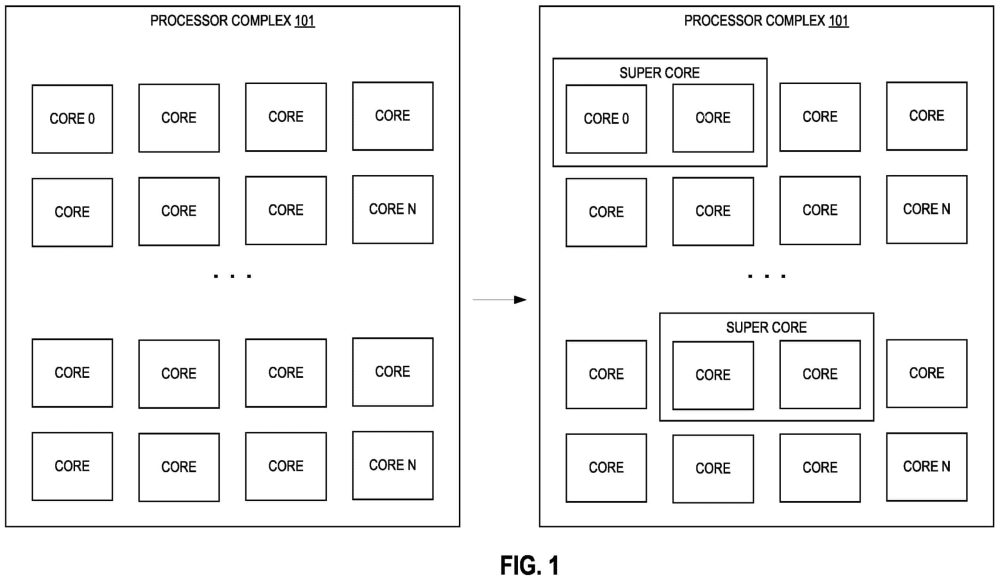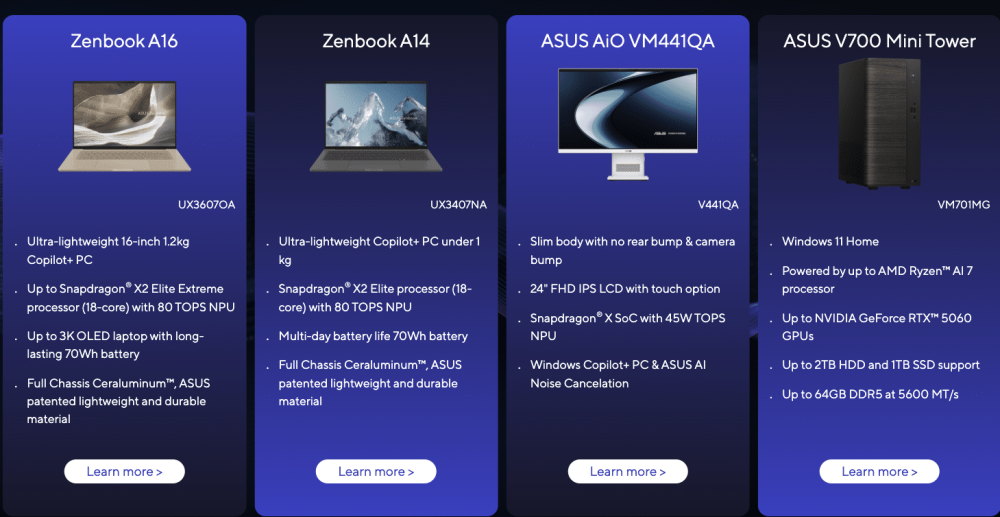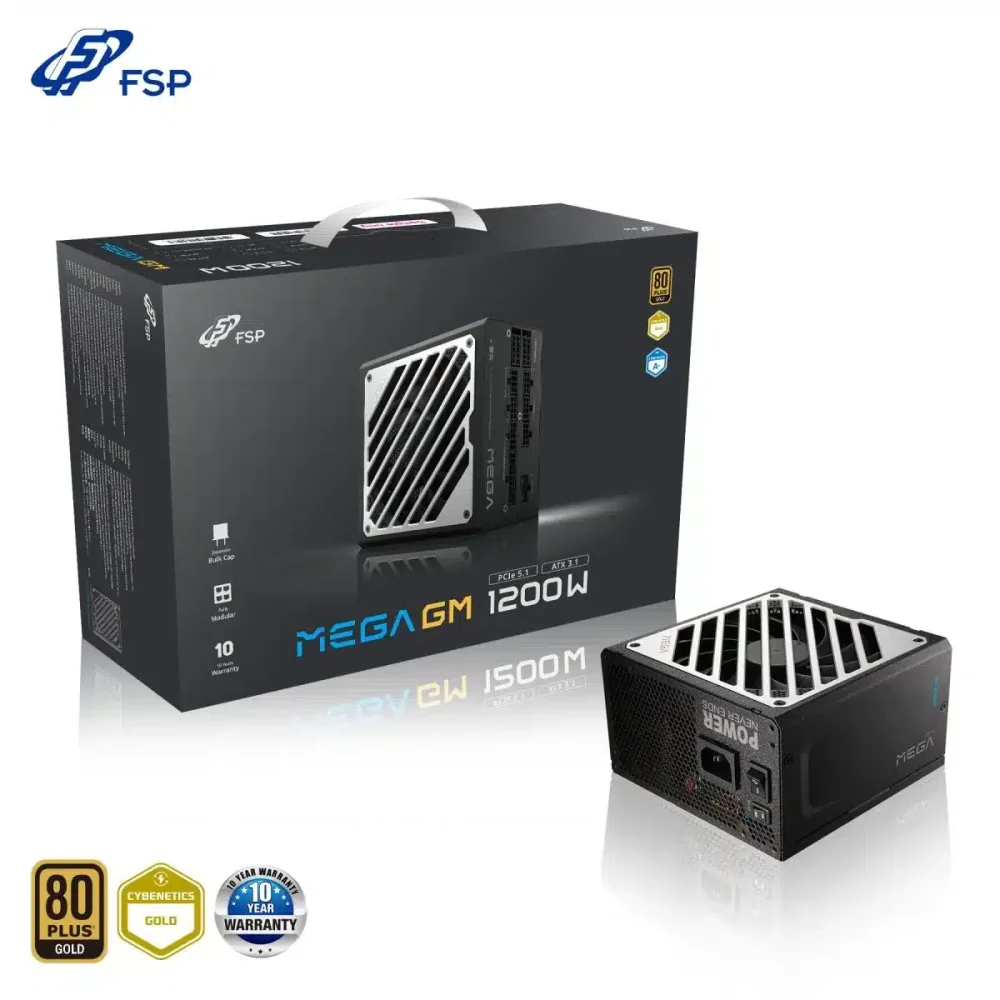Intel is exploring a novel approach to enhance single-threaded performance without relying solely on higher clock speeds or larger, monolithic cores. A newly published patent (EP4579444A1) describes a technology the company calls Software Defined Supercore (SDC), which would allow multiple smaller cores to fuse virtually into a single high-performance “supercore” whenever applications demand it.
What’s Behind It
Traditionally, boosting single-thread performance has meant designing larger cores, increasing frequencies, or moving to smaller process nodes, all of which come with diminishing returns in terms of efficiency, transistor budgets, or thermals. Intel’s SDC concept takes a different approach: instead of building one giant core, it dynamically combines the resources of two or more existing cores, presenting them to the software as if they were a single wide, ultra-fast core.
In practice, SDC works by splitting a thread’s instructions into blocks that are dispatched across multiple physical cores in parallel. These cores execute their assigned portions simultaneously, with specialized synchronization and data-transfer mechanisms ensuring that program order is preserved. To the operating system and the application, the workload appears to be handled by one core, even though several cores are working together behind the scenes.
This is not traditional multithreading, where multiple threads run on separate cores. Instead, SDC is designed to accelerate a single thread, particularly in workloads that rely heavily on single-thread performance, such as gaming, scientific modeling, or certain AI tasks. Intel claims this could boost instructions per clock (IPC) without requiring higher voltages or frequencies, reducing the power penalties usually associated with brute-force scaling.
When Will It Be Released
There are challenges, however. Low-latency inter-core communication and synchronization are critical for SDC to succeed. Intel’s patent describes tools such as a Shadow Store Buffer to manage data transfers efficiently, but real-world implementation will hinge on how seamlessly the operating system and software can recognize and assign workloads to these fused supercores.
The approach also reflects competitive pressures in CPU design. Apple’s custom Arm-based high-performance cores (such as Firestorm, Avalanche, and Everest) decode and execute more instructions per cycle than x86 designs, enabling Apple chips to dominate in single-threaded efficiency. Intel’s SDC could be a way to close this gap by aggregating multiple x86 cores to achieve similar wide-core throughput without physically building one oversized core.
For now, SDC remains a patent, not a shipping product. Intel has filed numerous ambitious CPU concepts over the years that never made it to market, so there’s no guarantee this will appear in future Core or Xeon processors. Still, if Intel can overcome the technical hurdles, Software Defined Supercores may represent a paradigm shift in how CPU performance is scaled, offering a new path forward as physical scaling approaches its limits.


